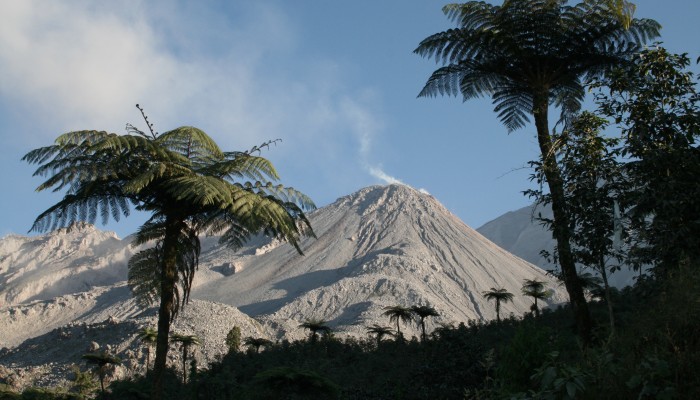One of the most rewarding parts of fieldwork on volcanoes is when the parts start to fit together, and hunches turn into firmer ideas. When piecing together ancient volcanic eruptions, the process often starts with the discovery of the trace of a new deposit in a road cut section. This might be something as simple as the appearance of a scruffy yellow or orange band that catches our eye as we pass ...[Read More]
Field report: beware of the sealions
Beware of the sealions (‘cuidado lobos marinos’) declares the sign at Valdivia fish market, which stretches along the docks in this southern Chilean city. And it’s no joke either, as a large clan of these creatures has set up stall in the estuary beneath the fish market, ready to feast on the daily pickings cast over the sea rail. We are not here, however, to admire the sealife; or to ...[Read More]
OxfordSparks: animating volcanoes
Today sees the launch of a project that I have been working on for the past few months – with the release of a short YouTube animation which explores processes in subduction zones. This is a part of a larger-scale public engagement activity called OxfordSparks which has been coming together over the past eighteen months. This project has brought together a great creative team from across Oxf ...[Read More]
A Portmanteau of Natural Hazards
Last week, the UK’s Natural Environment Research Council (NERC) launched an over-arching programme in Natural Hazards, a network called PURE (Probability, Uncertainty and Risk in the Environment). This post is a very short attempt to navigate the maze of acronyms of projects that are either linked to PURE, or to other related initiatives in Natural Hazards in the UK. PURE itself is a network ...[Read More]
Santiaguito Volcano: Ninety Years and Counting.
Santiaguito volcano, Guatemala, burst into life in 1922 and is now the second longest continuing eruption. It has outlasted both Stromboli (Italy) and Sangay (Ecuador), both erupting since 1934, and is only outdone by Yasur (Vanuatu), which has been erupting at least since 1774, when first visited by Captain Cook. These long-lived eruptions give us an unusual opportunity to use the slowly-extruded ...[Read More]
Polygons, columns and joints
Over on her Georney‘s blog, Evelyn Mervine has recently posted a nice piece with some spectacular images of columnar jointing. This seemed like a good opportunity to dust off some field photos, with some more examples of polygonal joint sets in lavas from a variety of settings, to illustrate the diversity of forms that cooling-contraction joints may take in volcanic rocks. The first example ...[Read More]
Chilean volcanoes: shaken, but not always stirred?
November 7th marked the 175th anniversary of one of the largest earthquakes to have struck northern Patagonia. The earthquake, which is estimated to have had a magnitude of 8, had an epicentre close to Valdivia, and was accompanied by significant ground shaking and subsidence as far south as Chiloe island, and a major tsunami that reached Hawaii. The eyewitness reports of the time have been well ...[Read More]
Montserrat: Open for Business
One of the great privileges of working on volcanoes is that you get the chance to visit some amazing places, and to meet some extraordinary people. Recently, I got the chance to return to Montserrat, a small volcanic island in the Caribbean which has been the site of a dome-forming eruption since July 1995. I had first visited Montserrat in early 1998, when I had a short tour as one of the staff s ...[Read More]
An update on Santorini
As you may have heard by now, Santorini volcano has recently been showing some unrest. Of course, it has only just come to the attention of the media, some of which have taken things a little further than can be justified. But for those of us involved in the work, this is a story which has taken rather longer to piece together. In my own case, the story started 26 years ago this week, when I firs ...[Read More]


